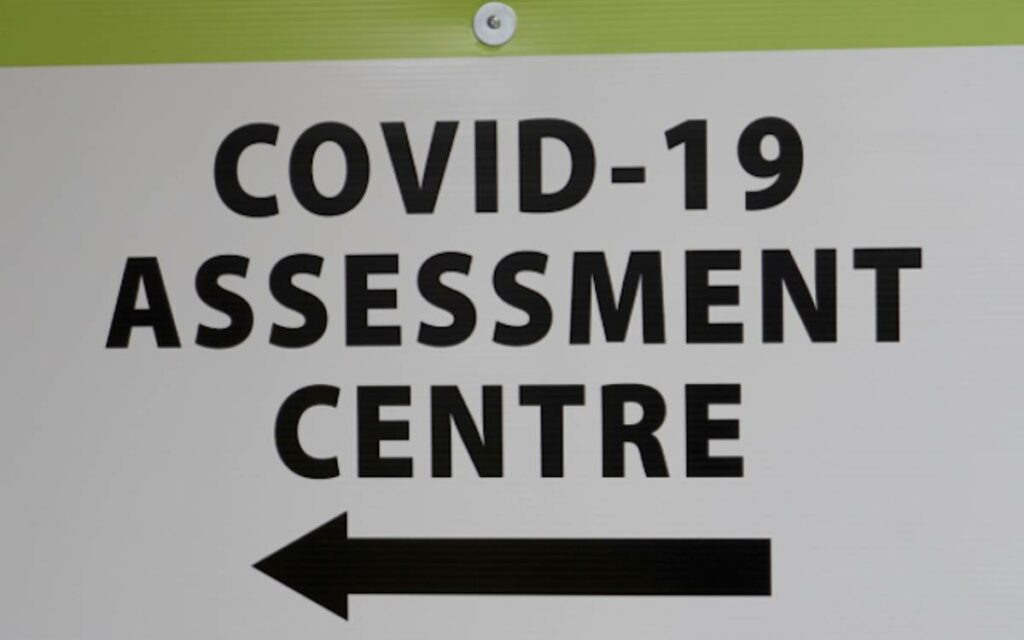
Last week the Ford government reconvened the Ontario legislature and announced its fall legislative agenda, a plan for “growth, renewal and long-term recovery”.
The top priority cited was health preparedness, but there was also a focus on job creation, skills training, attracting investment, strengthening communities and fortifying the front lines of the health care system – all commendable and necessary objectives. In the intervening week, however, the rather sudden increase in recorded cases of COVID-19 has effectively wiped most other priorities off the table for the time being.
Although it is still early days, it does seem that the dreaded second wave of the virus is underway. This is likely due to a number of factors, not all of which can be influenced by government or precautions taken by businesses and individuals. For one, the weather has cooled rather abruptly after a hot summer, and viruses are known to prefer cooler temperatures.
Secondly, school has started, and although it doesn’t appear that many students have exhibited symptoms of the virus, the fact that school has begun necessitates mingling of parents, teachers and others that wouldn’t have been happening previously. But so far, the most obvious source of increased viral risk seems to be large gatherings being held with little in the way of safe practices taking place, mostly among individuals in the 20-40 year age group. Premier Ford has responded to this by decreasing the permissible size of gatherings from the previous 50 indoors and 100 outdoors to 10 and 25 respectively.
Recent Ontario COVID-19 case numbers in the province have exceeded 400 on several recent days, after having fallen to less than 100 daily fairly consistently in previous weeks. What is interesting is that, so far, the jump in case numbers has not been proportionally reflected in hospitalizations or deaths. Although that may change, some medical experts are speculating that because of fairly widespread mask use, the fact that most people are being cautious and other possible reasons, the so-called “case fatality ratio” (the number of deaths as a proportion of confirmed cases of the virus) has dropped significantly since the pandemic began.
Part of this is undoubtedly attributable to medical professionals having learned how to better cope with the virus, and also that current statistics show the majority of infections are happening in younger age groups, who are less likely to become seriously ill or die from the virus. Many of the early deaths took place among the elderly in long term care facilities, which are now much better prepared to deal with infections. There has also been some discussion that widespread mask wearing has led to people who do become infected being exposed to a lesser quantity of the virus, and having a milder bout of COVID-19 as a result.
Testing has also been ramped up, with Ontario recording a record number of tests this past Sunday – over 40,000 in one day. That being said, long line-ups for tests have unfortunately become the norm. To allow for even more testing and deal with line-ups, the government also made a welcome announcement that pharmacies will be enabled to help with testing, which likely should have taken place some time ago. Not surprisingly, a union representing some hospital workers expressed concern over this, a typical negative response from the always-unhelpful public sector unions to what should be viewed as a positive development.
It is worth noting that virus incidence has begun to increase in other provinces and countries as well, so this is not an Ontario-specific phenomenon. For example Quebec, which has from the outset of the pandemic been the most affected province by far, is also exhibiting sharply increased numbers in excess of those in Ontario, despite having about 60 per cent of Ontario’s population. Although a dreaded second wave was long predicted, it is troubling to see it apparently starting to happen.
Hopefully, after a period when many people likely thought the risk was behind them or at least much reduced, this will provide enough of a scare factor to increase compliance with Covid-19 health precautions. Just in time for Halloween.

She has published numerous articles in journals, magazines & other media on issues such as free trade, finance, entrepreneurship & women business owners. Ms. Swift is a past President of the Empire Club of Canada, a former Director of the CD Howe Institute, the Canadian Youth Business Foundation, SOS Children’s Villages, past President of the International Small Business Congress and current Director of the Fraser Institute. She was cited in 2003 & 2012 as one of the most powerful women in Canada by the Women’s Executive Network & is a recipient of the Queen’s Silver & Gold Jubilee medals.




















